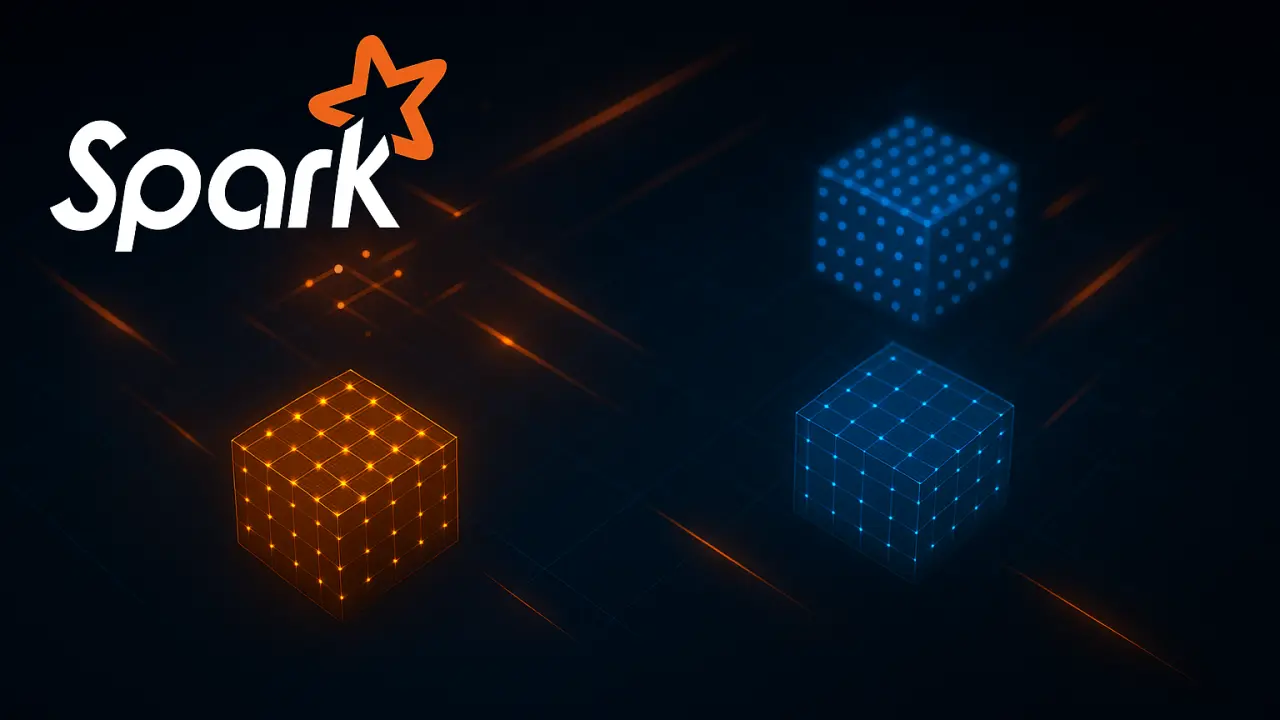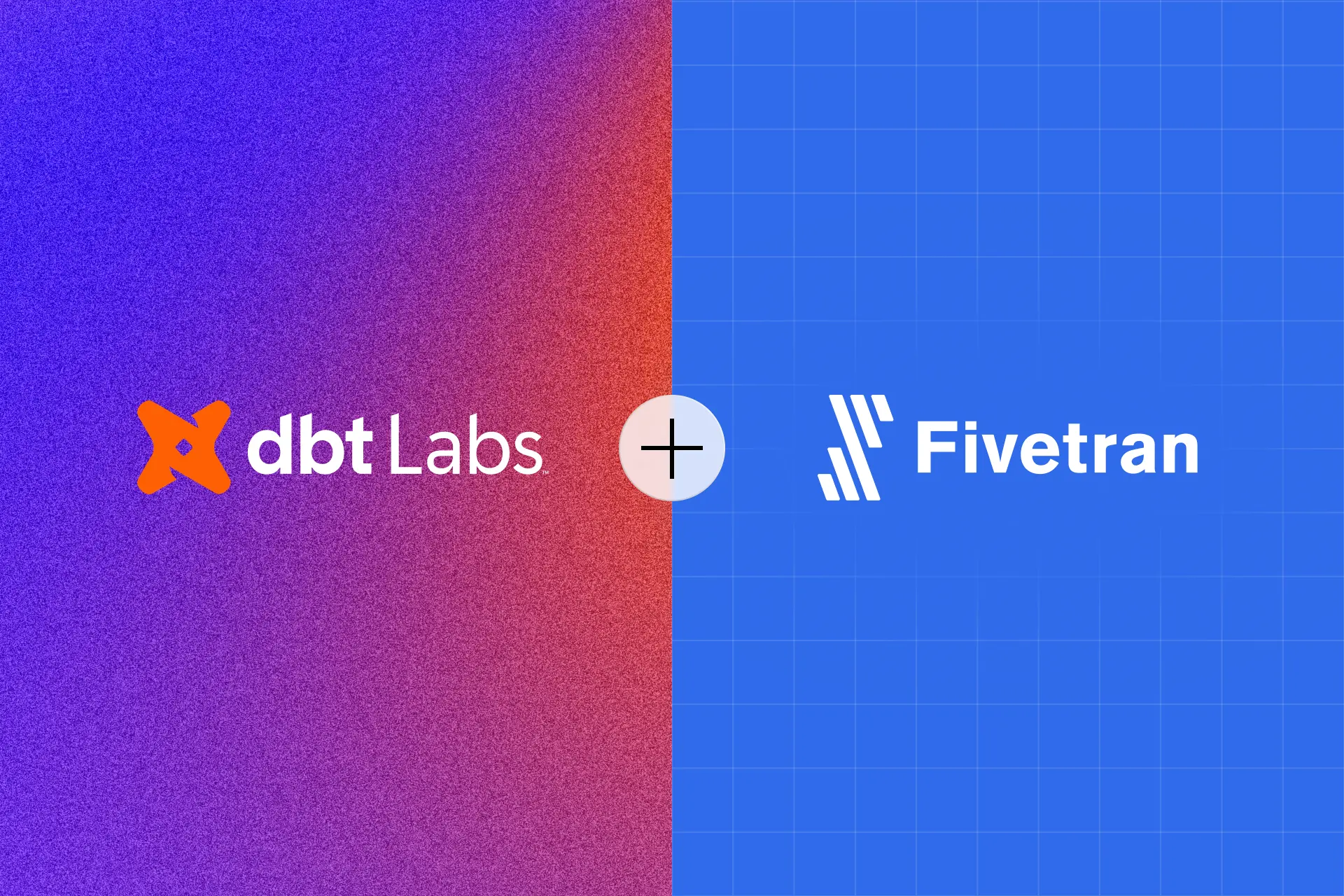
The Great Data Tooling Debate: SQL vs. Spark Ecosystem
Enterprise data teams are increasingly questioning the need for complex tooling stacks when SQL in platforms like Snowflake can handle most data transformations.
Why do we need Spark and all these additional tools when SQL in Snowflake can handle everything? It’s a legitimate challenge to conventional wisdom that’s compelling teams to reconsider their entire data stack.
The Simplicity Argument: SQL-First Data Engineering
The appeal of sticking with SQL is undeniable. Modern cloud data platforms like Snowflake have transformed what’s possible with standard SQL syntax. Complex transformations that once required distributed computing frameworks can now run efficiently within the database engine itself.
As developers on data engineering forums point out, advanced SQL in Snowflake can handle most transformations on available data without the overhead of additional tools. The argument goes: why introduce the complexity of Spark, Airflow, and dbt when your data warehouse already provides robust processing capabilities?
This isn’t just about developer convenience, it’s about operational simplicity. Fewer moving parts mean fewer failure points, reduced maintenance overhead, and easier debugging. When your entire transformation pipeline lives within Snowflake, you’re dealing with a single vendor, unified logging, and integrated monitoring.
Spark’s Secret Sauce: Beyond SQL Capabilities
But dismissing Spark as redundant misses what makes it fundamentally different. As AWS documentation explains, Spark SQL is a distributed query engine ↗ that provides low-latency, interactive queries up to 100x faster than MapReduce. More importantly, Spark is a Swiss Army knife for data processing that goes far beyond what SQL alone can accomplish.
Spark’s real power lies in its flexibility. It can read a CSV file while simultaneously fetching data from an external API. You can perform validation checks while data is in motion, repartition data in memory, and optimize connectors for efficient insertion into OLTP databases. This flexibility makes Spark invaluable for complex data integration scenarios that pure SQL transformations struggle with.
The key distinction often misunderstood is that Spark is the engine, while SQL is the language. Tools like dbt and Airflow complement rather than replace SQL, dbt is literally an abstraction over SQL that generates optimized queries, while Airflow orchestrates the entire data pipeline.
When Spark Actually Makes Sense (and When It Doesn’t)
The decision isn’t binary, it’s contextual. For batch processing of structured data that fits comfortably within your data warehouse, SQL-first approaches often win. But when you’re dealing with real-time analytics, machine learning workloads, or complex data integration scenarios, Spark’s capabilities become essential.
Consider the cost perspective: Spark can be much cheaper than Snowflake on large enough datasets, particularly when you factor in the flexibility of running on various infrastructure options. However, this flexibility comes with a complexity cost, misusing Spark’s capabilities can make it very expensive.
The prevailing sentiment among experienced data engineers is that Spark excels at tasks that require:
- Real-time stream processing
- Machine learning model training
- Complex data integration from multiple sources
- Graph processing and advanced analytics
- Cost optimization for petabyte-scale workloads
The Hybrid Future: SQL and Spark Coexistence
The most pragmatic approach emerging in enterprise data teams is a hybrid model. Use SQL for what it does best, declarative data transformations within the data warehouse, and leverage Spark for specialized workloads that require its unique capabilities.
This approach acknowledges that tools like dbt and Airflow aren’t replacements for SQL but rather enhancements. They bring software engineering best practices to data transformation workflows, enabling version control, testing, and modularity that pure SQL scripts often lack.
The evolution of platforms like Cloudflare’s R2 SQL ↗ demonstrates how distributed SQL engines are bridging the gap, offering serverless query capabilities that combine SQL’s simplicity with distributed processing power.
Making the Right Choice for Your Organization
The decision ultimately comes down to your specific use case, team skills, and data maturity:
Choose SQL-first when:
- Your transformations fit well within SQL’s capabilities
- Your team has strong SQL skills but limited Spark expertise
- Operational simplicity is a higher priority than advanced functionality
- You’re working primarily with structured data in your data warehouse
Consider Spark when:
- You need real-time stream processing capabilities
- Machine learning integration is a core requirement
- Your data integration involves multiple complex sources
- Cost optimization at massive scale is critical
The most successful data teams aren’t choosing sides in this debate, they’re building flexible architectures that leverage the strengths of both approaches. They use SQL for routine transformations while maintaining the capability to spin up Spark clusters for specialized workloads.
The real insight isn’t that one approach is universally better, but that modern data engineering requires understanding when each tool excels. The best data architects aren’t dogmatic about their tool choices, they’re pragmatic about solving business problems with the right technology for the job.
The debate will continue as both SQL platforms and distributed computing frameworks evolve. But one thing is clear: the era of one-size-fits-all data tooling is over. The future belongs to teams that can intelligently mix and match approaches based on actual business needs rather than technological dogma.



